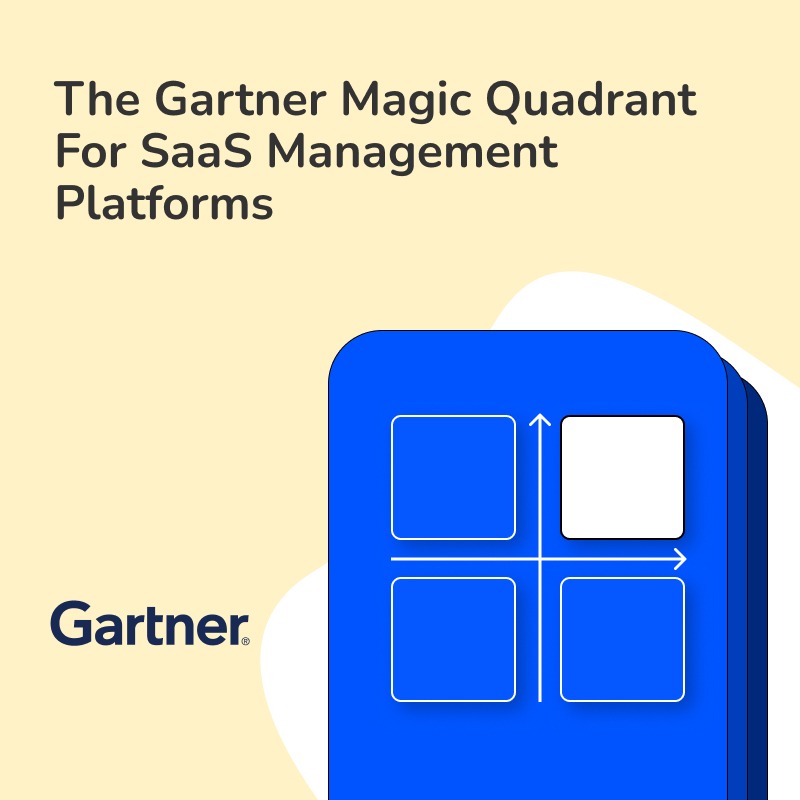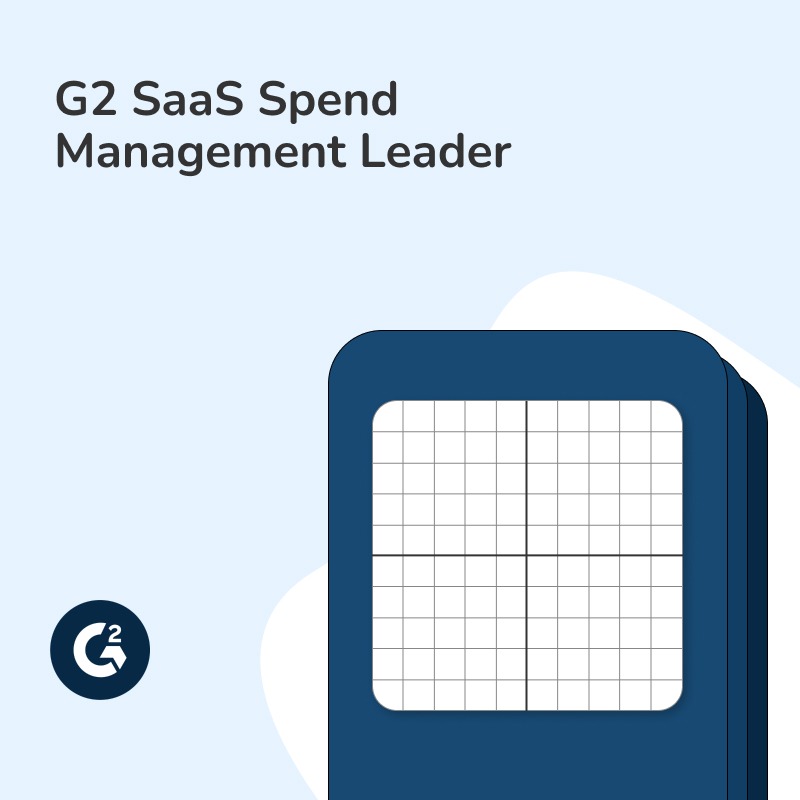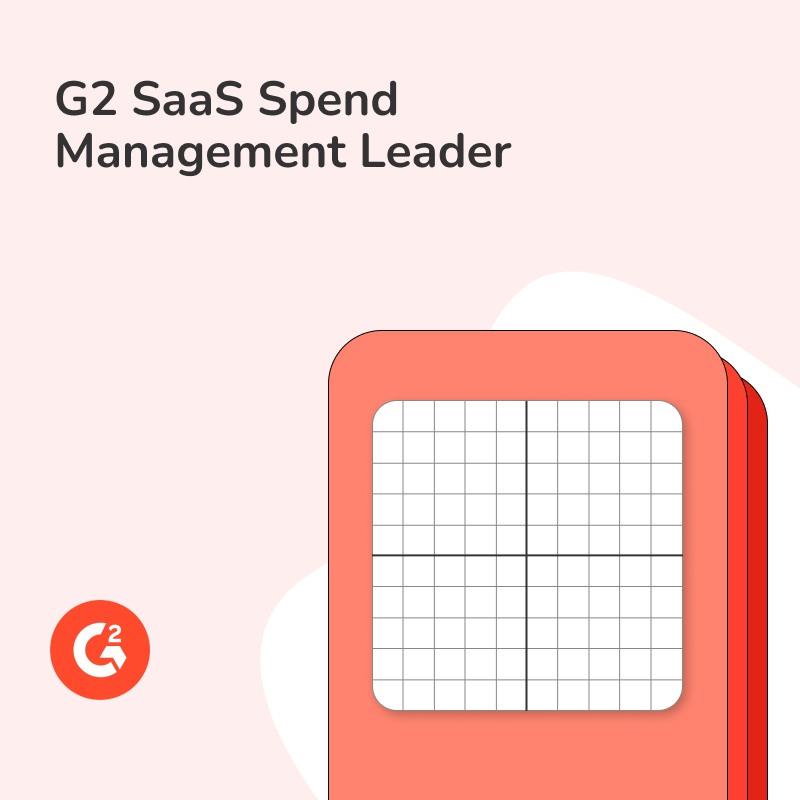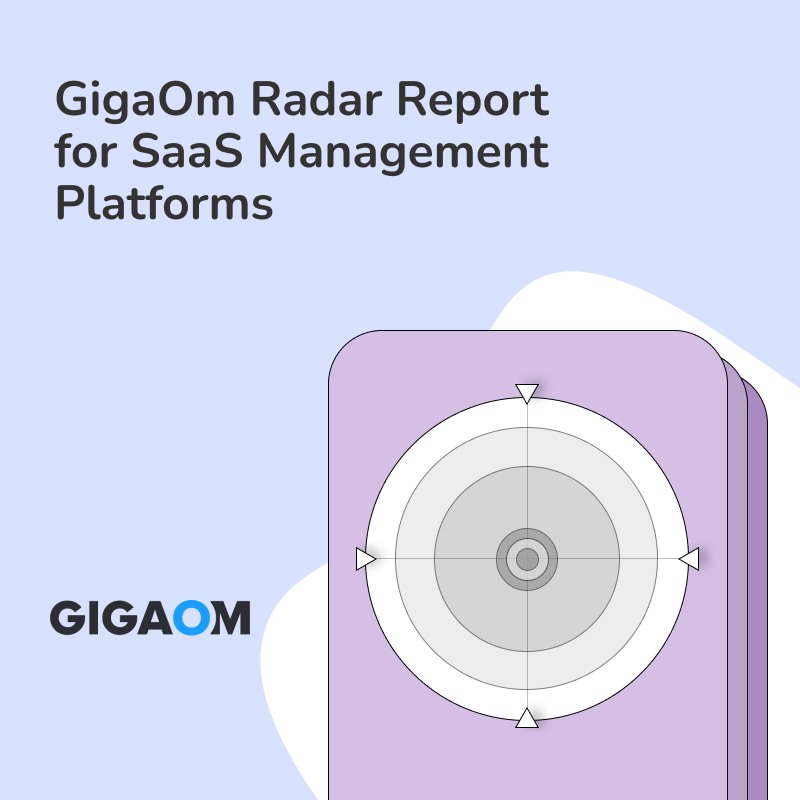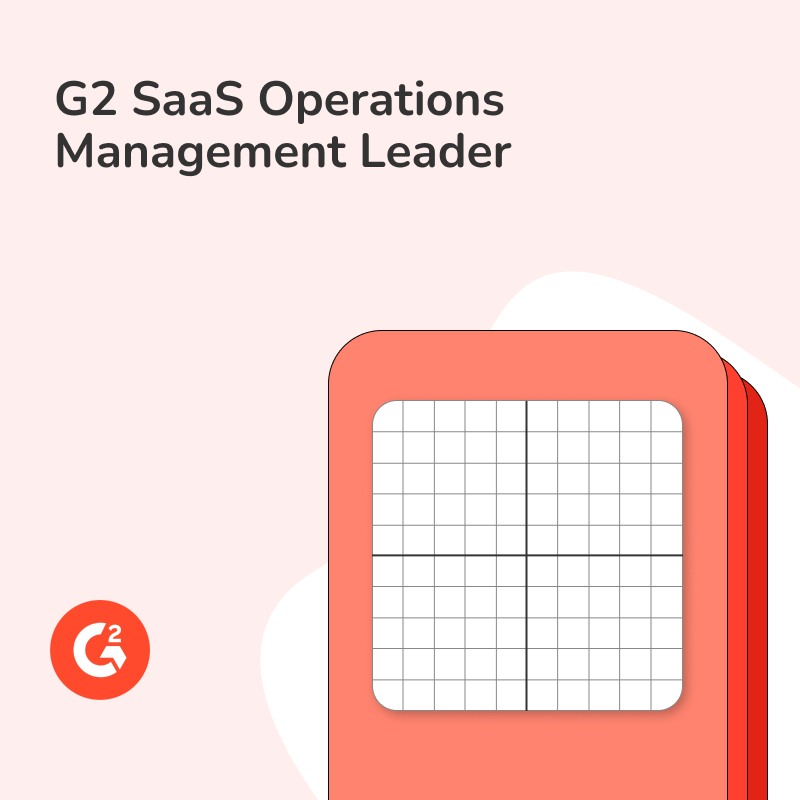Access management tools are essential in today’s digital landscape. They help control and monitor who can access various digital resources within an organization. But what do they do, and why are they important for IT?
First, let’s break down what these tools actually manage. Access management tools handle user identities and enforce access policies. This means they ensure that only authorized individuals can reach specific systems or data. Imagine the chaos if everyone had unrestricted access to all company information. These tools keep that chaos at bay.
Importance of Access Management Tools
Security
Unauthorized access can lead to data breaches, which are costly and damaging. By controlling who has access to what, these tools significantly reduce the risk of such breaches. They ensure that only those with the correct permissions can access sensitive information.
Compliance
Many industries are subject to regulations that mandate strict access controls. Compliance failures can result in heavy fines and reputational damage. Access management tools help organizations meet these regulatory requirements by providing detailed access records and enforcing necessary policies.
Operational Efficiency
Automation and role-based access control are features of these tools that save time and reduce human error. When you can automate user provisioning and de-provisioning, your IT team can focus on more strategic tasks. Plus, role-based access control ensures that employees only have the access they need for their specific roles, which simplifies the management process.
How Access Management Tools Work
These tools typically involve a combination of password management, multi-factor authentication, and single sign-on features. Password management ensures strong, unique passwords are used. Multi-factor authentication adds an extra layer of security by requiring more than just a password to access systems. Single sign-on allows users to access multiple systems with one set of login credentials, making their experience smoother and more secure.
In Summary:
Access management tools are a cornerstone of IT security, compliance, and efficiency. They protect sensitive information, ensure regulatory compliance, and streamline operations. By managing who can access what, these tools provide a robust framework for maintaining digital security.
Best Practices for Maximizing the Effectiveness of Access Management Tools
Implementing access management tools is crucial, but to truly capitalize on their benefits, it’s essential to follow best practices that ensure their optimal use. Here are some strategic steps to help you get the most out of your access management framework:
- Conduct a Thorough Risk Assessment
Before implementing any access management tool, start with a comprehensive risk assessment. Identify sensitive data and critical systems that require stringent access controls. - Define Clear Access Policies
Establish clear, organization-wide access policies. Regularly review and update these policies to adapt to changes in your business environment or regulatory landscape. - Implement Role-Based Access Control (RBAC)
Assign permissions based on user roles rather than individual attributes. Ensure each role gets only the access levels necessary for their duties. - Adopt Single Sign-On (SSO) and Multi-Factor Authentication (MFA)
Integrate Single Sign-On and Multi-Factor Authentication into your access management strategy to bolster security and usability. - Adopt a SaaS Management Platform (SMP)
A SaaS Management Platform extends the value of your access management tools by providing more automation capabilities, better shadow IT detection, and mid-lifecycle capabilities that other tools can’t touch. Learn more about how Torii is changing access management for the better. - Automate User Provisioning and De-Provisioning
Automating the process ensures operational efficiency and security. - Regularly Audit and Monitor Access Logs
Continuous monitoring and regular audits are critical for detecting anomalies and unauthorized access attempts. - Provide Ongoing Training and Awareness Programs
Educate employees on the importance of access management policies and tools. - Prepare for Regular Reviews and Updates
Regularly review and update tools and policies to address new security threats and changes. - Foster a Culture of Security
Encourage employees to follow best practices and report any suspicious activities.
By following these best practices, you can harness the full potential of access management tools to safeguard your organization’s digital assets, ensure compliance, and maintain operational efficiency. The next section will delve into real-world scenarios and case studies that highlight the impact of effective access management in various industries.

